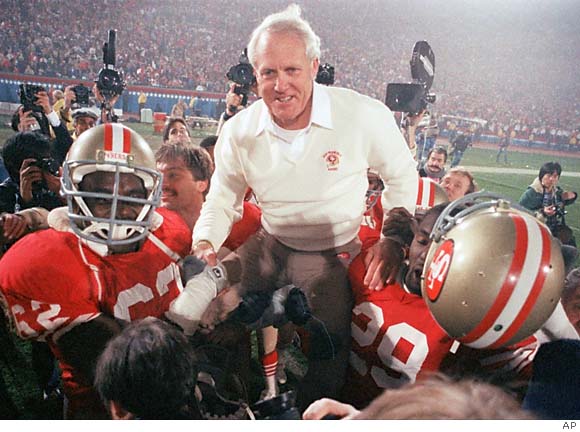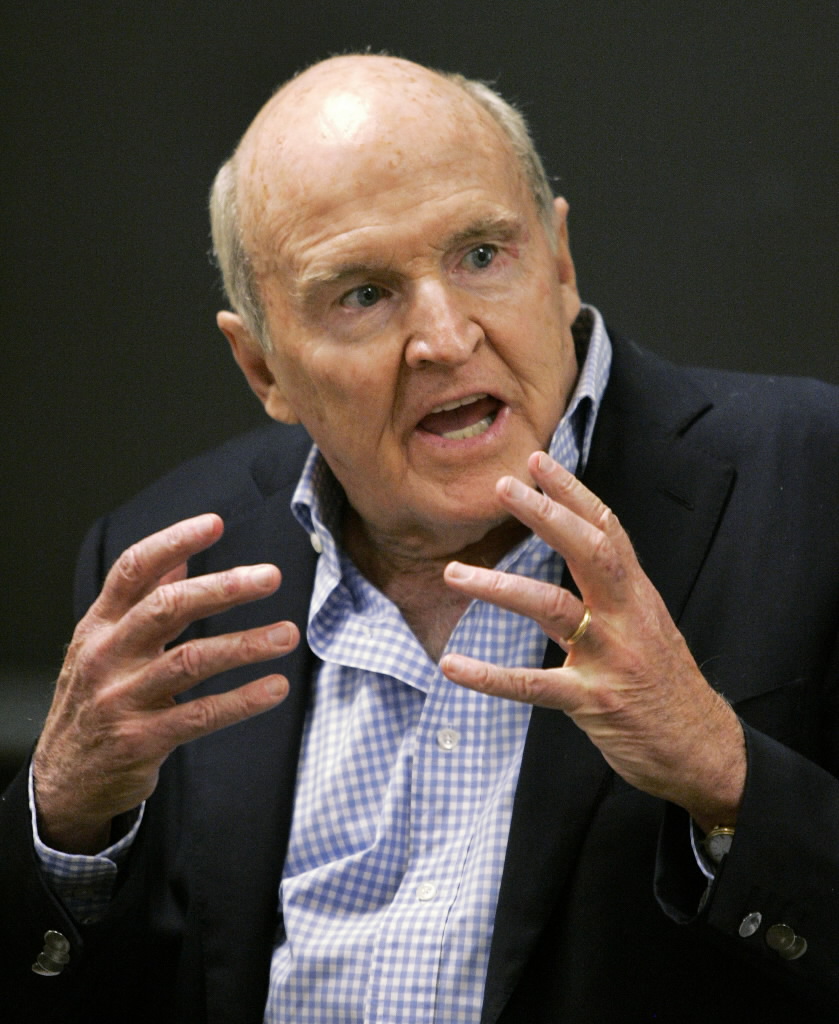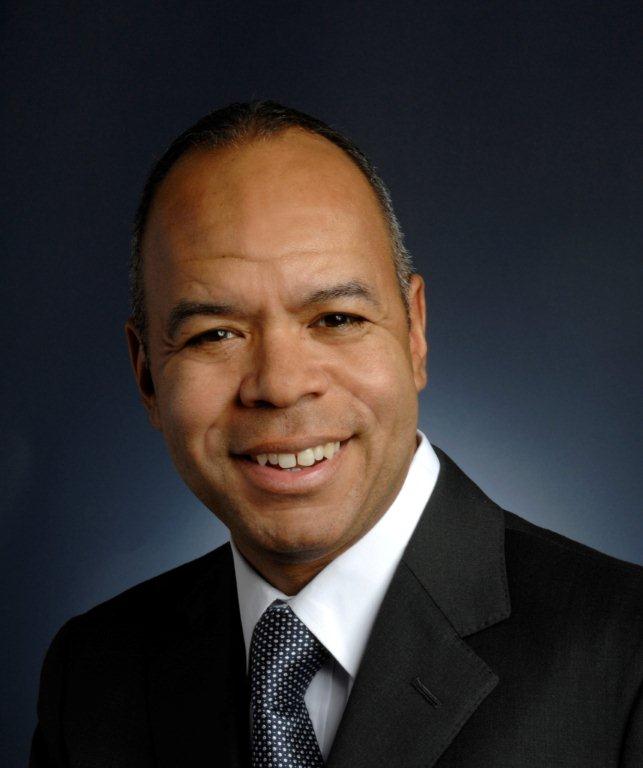When revenue starts to go off plan, your gut reaction as chief sales officer or vice president of sales is probably to ratchet up the activity level of the sales force. You know the drill: institute aggressive pipeline reviews by field management, requalify all forecasted deals for the quarter, focus field management on must-win deals, try to pull in deals forecasted for next quarter, create a SWAT team for bigger deals, and the list goes on.
These tactics used to work five or 10 years ago but not so much lately, and that’s mainly because business-to-business buyers are doing things differently, by
- self-educating online and becoming aware of industry problems and potential solutions,
- getting vendor referrals from trusted industry colleagues through social networking,
- deciding on a short list of “qualified” vendors after double-checking online reviews, press coverage and analyst reports.
If your sales force can’t influence buyer teams early in their purchasing process, like it could 10 years ago, you’re almost certainly going to suffer lackluster sales quarters. To reverse that trend, here are three action steps you should strive to achieve in 2015.
Action Step 1: Establish a well-defined and understood sales process.
Your sales process should mirror your buyer’s current purchasing process. A recent study by HubSpot and the Sales Management Association shows that organizations with a clear sales process enjoy 18 percent more sales growth than other organizations.
Action Step 2: Leverage social selling in the sales process.
Are your salespeople on LinkedIn? Do they tweet? Are they using those platforms as a way to attract and reach out to prospects? If not, it’s time to get on the social-selling bandwagon. Reps who use social media as part of their sales process are 79 percent more likely to attain their quota than ones who don’t, according to Aberdeen Group’s study on social selling.
Action Step 3: Align with marketing.
If your sales and marketing teams have a strong collaborative relationship, then here are the typical benefits according to multiple research studies by Aberdeen Group:
- Seventy-five percent of your sales reps are achieving quota (versus the industry average of 50 percent).
- Sales is achieving its sales budget (versus the industry average of 61 percent).
- Your corporate revenue is growing at least 13 percent annually (versus an industry average of 4.3 percent).
If you’re poorly aligned with your buyer, you’re going to need a lot of help from others to fix it, particularly from your chief executive officer, chief marketing officer, and maybe an experienced outside consultant. That’s not bad news; your colleagues on the executive team have a vested interest in helping the sales force succeed. They don’t want their budget to shrink as a result of missed revenue and profit goals.
If you are willing to accept help from the C-suite, you need to present an action plan that does these three things:
- reframes the solution, not simply as a sales-force execution issue, but as a cross-functional team effort with you as team leader;
- presents an executive-team action plan that clearly articulates how each executive can actively help make the company’s quarter;
- ensures that your action plan contains key components that start to lay the foundation for a successful next year under your continued leadership.
By demonstrating corporate leadership and showing progress toward a better sales strategy, you buy yourself a little more time to turn the situation around permanently.
Want to learn more? Here’s a detailed discussion of a CSO Action Plan.
 David Hubbard is a revenue acceleration expert, a pragmatic marketing and sales consultant, a proven business leader, and the CEO of Marketing Outfield. Find him on LinkedIn or contact him for a complimentary consultation.
David Hubbard is a revenue acceleration expert, a pragmatic marketing and sales consultant, a proven business leader, and the CEO of Marketing Outfield. Find him on LinkedIn or contact him for a complimentary consultation.
[Image via Flickr / clarkmaxwell]






 Find effective strategies. Vision is great, but if you cannot find a way to connect to it from the current reality, it’s useless. One leader who has been able to bring the imaginary to the realm of reality is football legend Bill Walsh. The legendary coach led his teams to amazing NFC division championships and NFC titles and earned a spot in the NFL Football Hall of Fame. One of his many strengths was as an offensive coach, constantly reading the field and creating strategies that would maximize his players’ skills and exploit the weaknesses of their opponents.
Find effective strategies. Vision is great, but if you cannot find a way to connect to it from the current reality, it’s useless. One leader who has been able to bring the imaginary to the realm of reality is football legend Bill Walsh. The legendary coach led his teams to amazing NFC division championships and NFC titles and earned a spot in the NFL Football Hall of Fame. One of his many strengths was as an offensive coach, constantly reading the field and creating strategies that would maximize his players’ skills and exploit the weaknesses of their opponents. Be a great communicator. The key to communicating is connecting with the audience. Former President Ronald Reagan was so well known for his ability to reach the American people that he earned the nickname, “The Great Communicator.” He didn’t use fancy language or rhetoric to win people over; in fact, it was the very simplicity of his style, coupled with his humor, which made him so popular. A senior leader’s job is to communicate corporate goals to employees and motivate them to achieve those goals.
Be a great communicator. The key to communicating is connecting with the audience. Former President Ronald Reagan was so well known for his ability to reach the American people that he earned the nickname, “The Great Communicator.” He didn’t use fancy language or rhetoric to win people over; in fact, it was the very simplicity of his style, coupled with his humor, which made him so popular. A senior leader’s job is to communicate corporate goals to employees and motivate them to achieve those goals. Listen. Sharing information is one skill; collecting information is another, equally valuable skill. And the queen of listening very well may be Meg Whitman, who is known for her humility and passion for listening to both her customers and employees.
Listen. Sharing information is one skill; collecting information is another, equally valuable skill. And the queen of listening very well may be Meg Whitman, who is known for her humility and passion for listening to both her customers and employees. Be inspirational. If there is one skill that can make up for a multitude of sins in other areas, it just might be the ability to inspire. People want to be a part of something great, something larger than themselves. Just ask business legend, former General Electric CEO Jack Welch. Known for his passion, commitment, and sense of fun, Welch led by example and took pride in his ability to develop his people. He regularly rewarded the highest performers (and cut the bottom feeders), thereby encouraging workers to make it to the top. “Giving people self-confidence is by far the most important thing that I can do. Because then they will act,” Welch has said.
Be inspirational. If there is one skill that can make up for a multitude of sins in other areas, it just might be the ability to inspire. People want to be a part of something great, something larger than themselves. Just ask business legend, former General Electric CEO Jack Welch. Known for his passion, commitment, and sense of fun, Welch led by example and took pride in his ability to develop his people. He regularly rewarded the highest performers (and cut the bottom feeders), thereby encouraging workers to make it to the top. “Giving people self-confidence is by far the most important thing that I can do. Because then they will act,” Welch has said.
